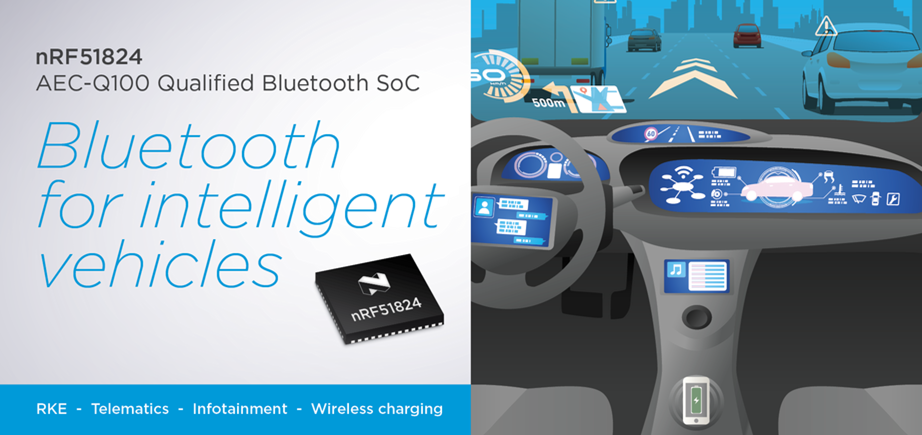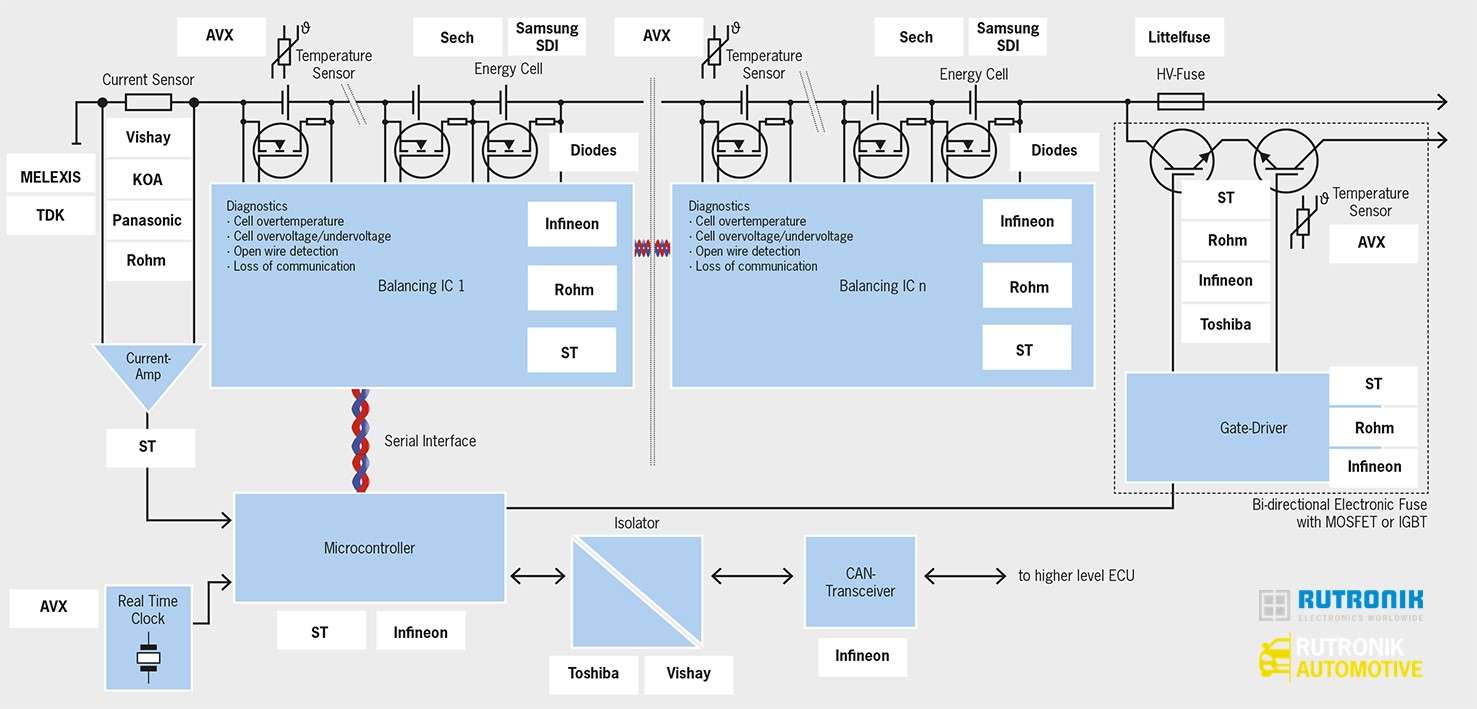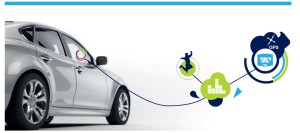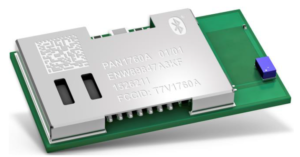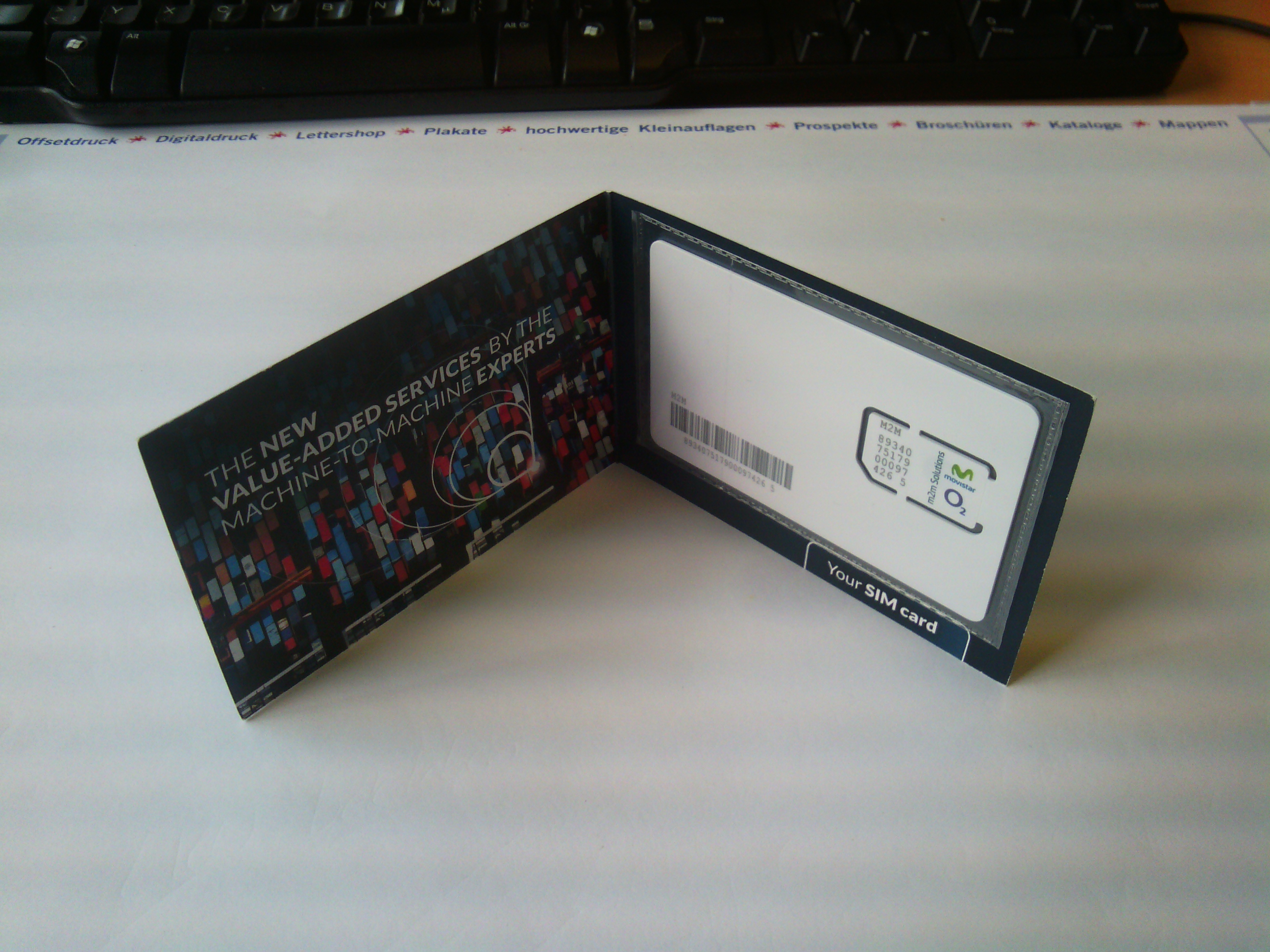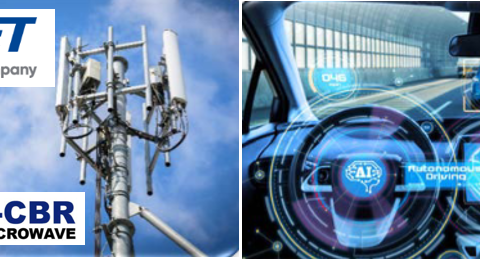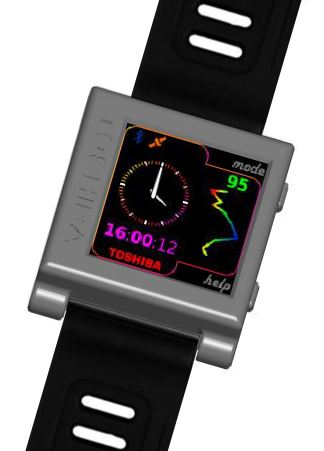AEC-Q100 qualified Nordic Semiconductor nRF51824 available for intelligent connected vehicle applications
nRF51824 – World’s most capable automotive qualified Bluetooth SoC
The nRF51824 is available qualified to AEC-Q100 (Grade 2: -40 to 105°C) for automotive applications that demand AEC-Q100 qualified devices. The nRF51824 is a fully featured nRF51 series SoC with 256kB flash and 16kB RAM in a 48-pin 6mm x 6mm QFN package. It is pin compatible with the nRF51822 and nRF51422 SoCs. This device has the standard nRF51 series software architecture and as such there is a wealth of software available for development with this device, both from Nordic and from the vibrant nRF51 series development community. It is compatible with the Bluetooth 4.2 qualified S130 SoftDevice which offers up to 8 concurrent links and supports all 4 Bluetooth low energy roles (Central/Peripheral/Broadcaster/Observer).
AEC-Q100
AEC-Q100 is a failure mechanism based stress test qualification for packaged integrated circuits. The Automotive Electronics Council (AEC) is an organization based in the USA that sets the standards for the supply of components in the automotive electronics industry. Originally formed by Chrysler, Ford and Delco Electronics it now comprises members from many different companies that span car makers through system suppliers to component manufacturers. In regard to automotive electronics there are 3 notable qualification standards:
- AEC-Q100 “Stress test qualification for integrated circuits”
- AEC-Q101 “Stress test qualification for discrete electronic components”
- AEC-Q200 “Stress test qualification for passive electronic components”
The qualification includes a range of stress testing that includes physical, electrical and temperature tests.
The connected car eco-system
The vehicle industry is in a state of significant flux at the moment, vehicles have perhaps changed more in the last 15 years than the previous 80 years or so since mass production began. Connected cars have been around for a number of years connecting to our smartphones, delivering traffic alerts and towards the higher end even relaying diagnostics to manufacturer’s service centers. The move to electric driven vehicles is significant, as is the imminent approach of the self-driving car. A series of industry progressions have been identified and formalized Vehicle to Passenger (V2P), Vehicle to Vehicle (V2V) and Vehicle to Infrastructure (V2I), collectively known as V2X. All 3 V2X elements are already in progress and are in various levels of implementation.
It is V2P however that looks set to climb the steepest in the next 5 years, as the technical challenges and sheer scope of the task is perhaps somewhat simpler than with V2V and V2I. The technology to do it is in place, Bluetooth low energy, the industry knowledge is in place as Bluetooth low energy is a mature technology after 5 years of runaway success, and with devices such as the nRF51824, the building blocks of low cost, high performance, Bluetooth low energy SoCs are also available at automotive grade.
Irrespective of the overall pace of progress of cars being wedded to infrastructure and to each other the connectivity developments both within and external are moving forward at a very fast pace. Vehicle telematics are here already with built in GPS and cellular connectivity. Additional to this is the car as a connected eco-system, the car as its own personal area network that wraps around the driver, their needs, and the driving experience. Bluetooth is such a well suited technology for this scenario, short range, low power and ubiquitous in mobile devices such as smartphones and tablets. There is plenty of scope for migrating certain non-critical applications to operation over Bluetooth low energy to reduce the dependency on cable looming and associated benefits of easier assembly and maintenance or replacement as units can become much more modular and self-contained.
There are predictions of sensor ‘swarms’ within vehicles using Bluetooth low energy in the next few years that will do everything from already existing functions such as Remote Keyless Entry (RKE) and Tire Pressure Sensors (TMS) to a network of sensors and actuators around the interior, and exterior of the vehicle to act as telemetry links for mirrors, cameras, occupant bio-med, collision avoidance and impact assessment and alarm to mention but a few. Typically, these sensor eco-systems will communicate to our personal mobile devices and to in-car communication hubs. Where necessary important sensor date and critical events can then be relayed to and from the network at large via cellular connections. Much in the vehicle industry is in a state of rapid evolution and not all is known at this stage, that vehicles themselves will be a buzz of sensor communication activity in their own right is already assured
nRF5 SDK for building your automotive applications
The nRF5 SDK is also available to support the building of your automotive applications. The SDK offers a wealth of profiles and modules and some complete application examples. On inspection of the nRF5 SDK you will find development support for Alerts, proximity, a range of health-related Bluetooth profiles and some very useful generic applications such as the UART profile for moving data around as you would normally over a wired UART connection only it handles the adaptation to transport across a Bluetooth low energy link. Over The Air Firmware Upgrade (OTA DFU) is also supported in nRF5 SDK allowing you take advantage of the flash-based architecture of nRF51 and nRF52 series SoCs. This allows for firmware to be upgraded in-situ giving you the freedom to correct code issues and introduce new features and improved functionality.
The future
The future of automotive is exciting. The first wave of connectivity will focus largely on achieving better driving, safety and driving experience levels. Beyond that vehicles look set to become productivity and entertainment zones. The range of applications is vast, but essentially similar, the collection, relay and processing of information, a task the nRF51824 and its supporting software is ready for.
ShoppingTechnical ForumE-Mail Contact

